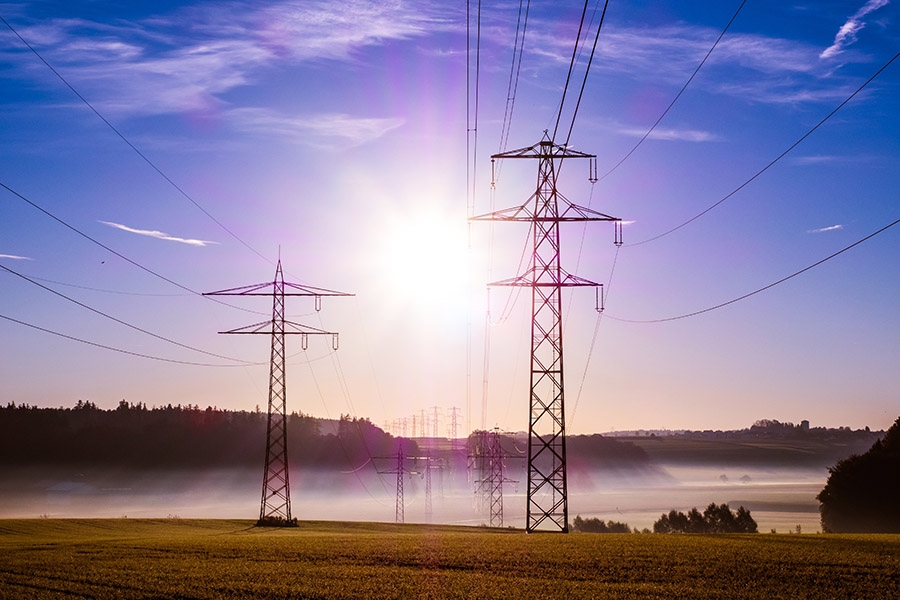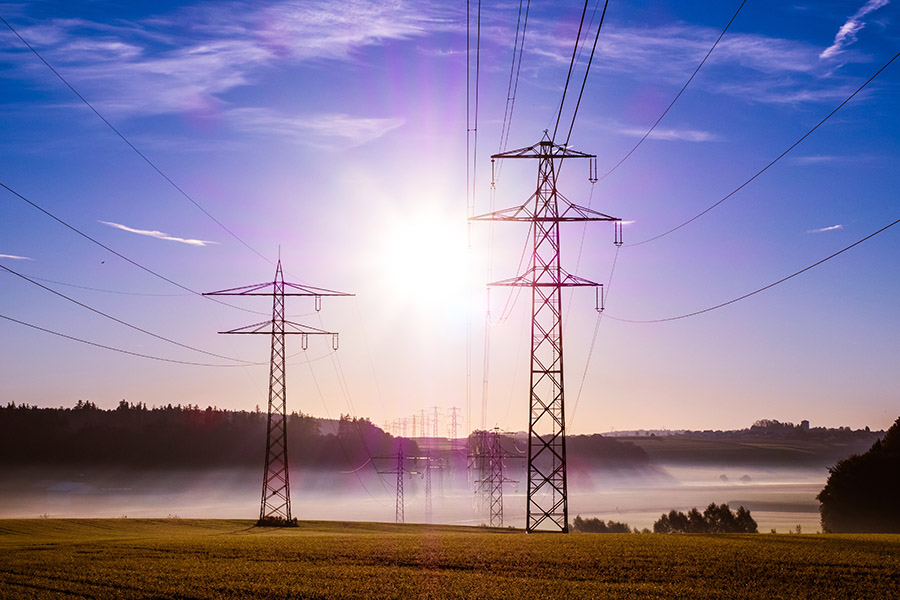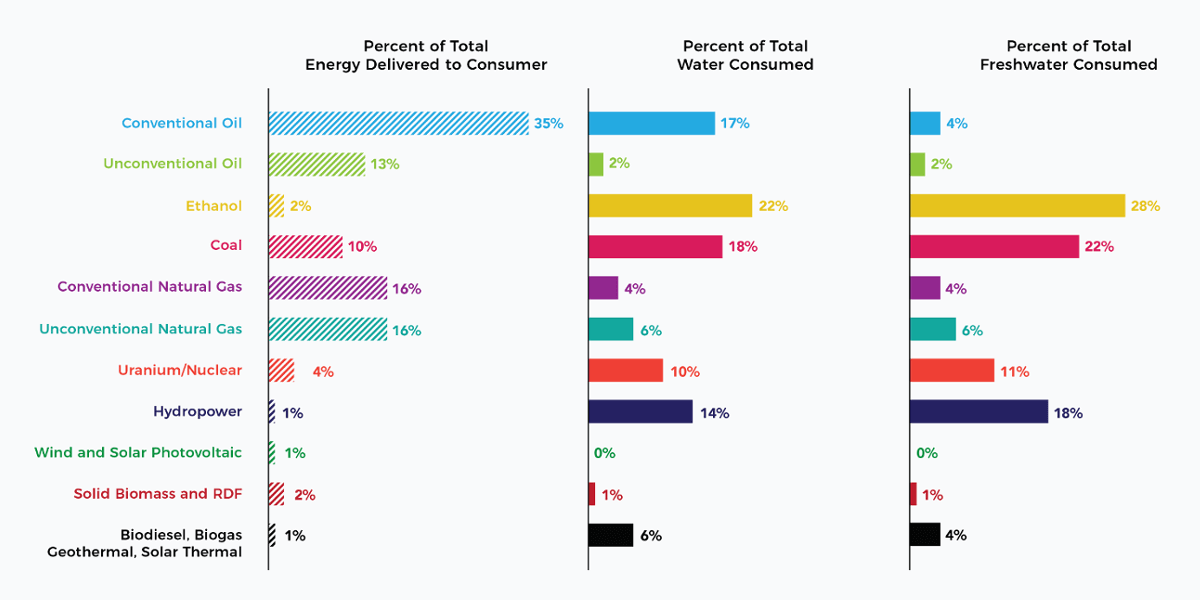
 |
 Grubert |
By Ashleen Knutsen, University of Southern California
To generate the energy delivered to each home, business and industrial user in the United States each year, trillions of gallons of water are required for energy production, processing, conversion and transport. However, the exact amount of water withdrawn from the environment and consumed for each energy source has never been quantified — until now.
For each of the various energy sources, from coal to wind, lead author Emily Grubert and University of Southern California Assistant Professor Kelly Sanders quantified how much water is withdrawn from water resources for the U.S. energy economy, how it is used, and whether it is ultimately returned to its original water source or otherwise “consumed” through losses such as evaporation.
“I know water is exceptionally important for the energy system, but I didn't have a reliable, easy way to communicate that," said Grubert, who joins the School of Civil and Environmental Engineering as an assistant professor in January.
The top-line number Grubert and Sanders came up with — no easy task since, as Grubert explained, we don’t centrally track water consumption in the United States — was 10 percent.
“Aside from being able to say the energy sector consumes about 10 percent of our water — a huge number considering that agriculture consumes 70 to 80 percent — this work also includes a lot of detail on water quality, water source, and water using processes,” Grubert said. “I'm very excited about the potential to use these data as a communication tool as we think about how to make energy choices that protect our communities, air, water and land simultaneously.”
Sanders and Grubert spent two years collecting and analyzing data from government reports and individual operators throughout the country for each of the energy sources used in the U.S. Their work covers 99.4 percent of U.S. primary energy consumption in 2014 and is the first known comprehensive estimate of total water withdrawal and consumption by U.S. energy systems, detailed by energy source, water source and water source quality. Their findings are published in the journal Environmental Science and Technology.
They found that the U.S. energy system requires an estimated 58 trillion gallons of water withdrawals each year — enough to fill 88 million Olympic size swimming pools. Of that, 3.5 trillion gallons of freshwater is consumed — about 5.3 million Olympic swimming pools — and approximately 10 percent of total U.S. water consumption.
Some of their detailed findings include:
- Some energy resources are much more freshwater intensive than others. For example, the irrigation associated with ethanol production (which makes up 2 percent of total energy delivered to U.S. consumers each year, according to data from the Energy Information Administration) and evaporation from hydropower reservoirs (which makes up 1 percent of total energy delivered to consumers) consume a large amount of freshwater. Overall, they consume 28 percent and 18 percent of the total freshwater consumed by all energy sources, respectively.
- Although oil and natural gas consume large volumes of water (together representing 30 percent of the total water consumed by all energy sources), their total freshwater consumption is relatively low (16 percent of total freshwater consumed for the energy system) despite representing 80 percent of the total delivered energy to consumers. Most of the water consumed by the oil industry is of comparable or lesser quality than saltwater.
- In total, all power plants represent a little more than one-third of total freshwater consumption for the U.S. energy system annually, but over 90 percent of energy-related water withdrawals. Some power plants have disproportionate impacts on local water resources through withdrawals. Although these power plants typically return a large fraction of their withdrawn water to its original water source after being used for cooling, the water is returned at higher temperatures, which can have ecosystem impacts.
- Emerging renewable energy sources, namely wind power and solar panels, require very little water to create a unit of electricity compared to conventional thermal power plants in the U.S. that typically utilize coal, nuclear and natural gas.
 The amount of water consumed during the production, processing, conversion, and delivery of primary energy sources utilized in the U.S. is often disproportionate to the relative amount of energy delivered to consumers. Left: Fractional breakdown of energy delivered to U.S. consumers in 2014, by source, after supply chain losses (data from the Energy Information Administration). Middle and right: Total water (and freshwater) consumption in 2014 for each respective energy source, across all lifecycle stages, illustrated as a fraction of total water (and freshwater) consumed for the U.S. energy system in that year. (Graphic: Madelin Lum/USC) The amount of water consumed during the production, processing, conversion, and delivery of primary energy sources utilized in the U.S. is often disproportionate to the relative amount of energy delivered to consumers. Left: Fractional breakdown of energy delivered to U.S. consumers in 2014, by source, after supply chain losses (data from the Energy Information Administration). Middle and right: Total water (and freshwater) consumption in 2014 for each respective energy source, across all lifecycle stages, illustrated as a fraction of total water (and freshwater) consumed for the U.S. energy system in that year. (Graphic: Madelin Lum/USC)
|
The amount of water used by each energy source is not regularly measured, which can make resource management challenging. Much of the work on energy related water consumption relies on estimates that were published in the early 1990s as intensity factors (that is, the number of gallons needed to produce one unit of energy) rather than absolute totals of the water required for the national energy system. However, as energy systems continue to progress, these factors become outdated due to factors such as emerging technologies, efficiency improvements and changes in production techniques. Other more recent studies evaluating water use have typically limited their scope to individual energy sources or geographic areas.
“This study is important because our energy system requires a lot of water to ensure that it is safe and reliable,” said Sanders, assistant professor of civil and environmental engineering at USC and Dr. Teh Fu Yen Early Career Chair. “Without accurate data regarding the water requirements of our energy supply, derived with common analytical methods and definitions, it is difficult to anticipate how future investments in the nation’s energy economy might be impacted by changes in water availability.”
Currently, Sanders and her research group are working with Grubert to resolve these national water data into more detailed estimates by U.S. county, as water availability and needs vary significantly from the dry southwest to the water abundant northeast.
Their findings could help policy makers manage resources and determine optimal energy investments, by providing the energy sources to meet societal needs with the least amount of harmful impact on the environment.
